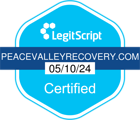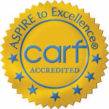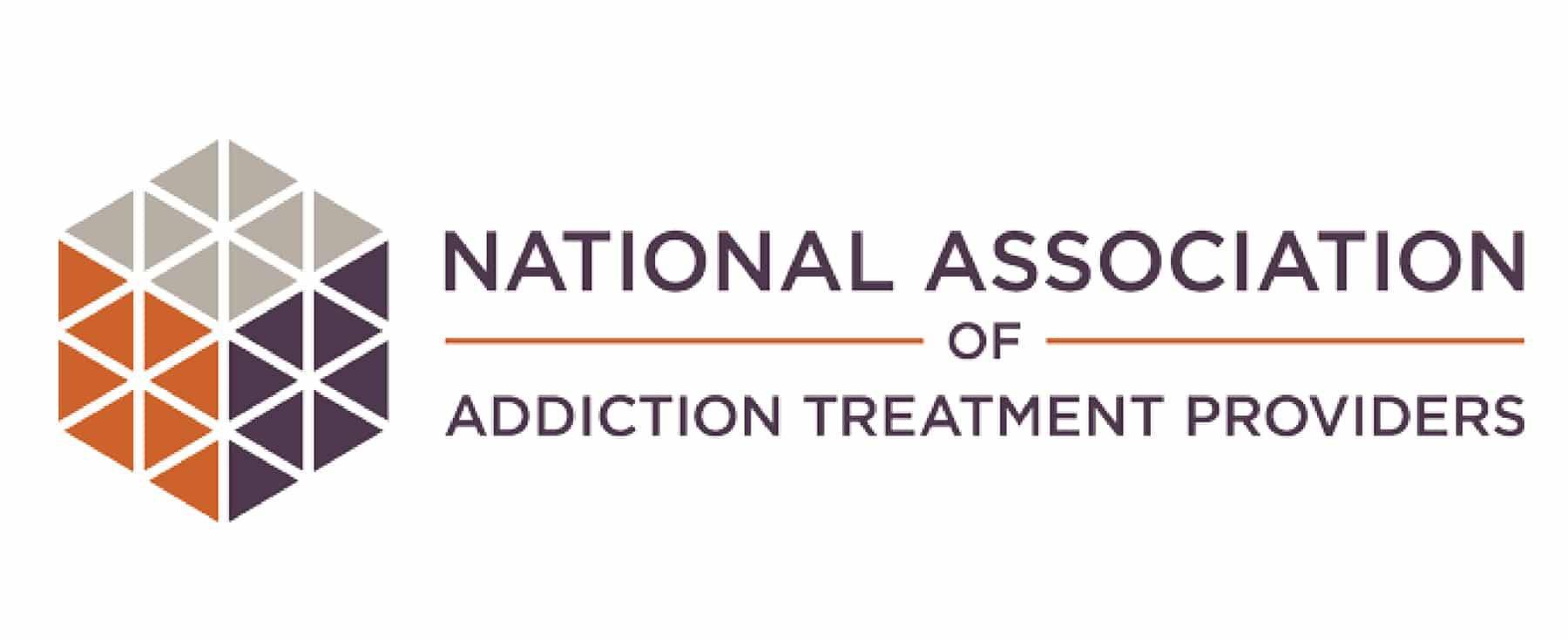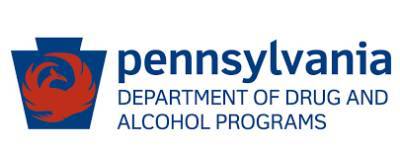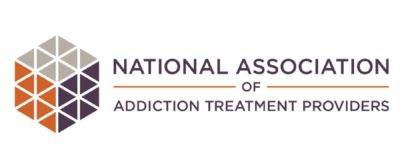Drug addiction is a severe problem that affects thousands of people throughout the state of Pennsylvania Addiction is a disease, just like cancer or diabetes, but carries a stigma of misunderstanding that makes it challenging for people to recover. Thankfully, drug addiction treatment in Pennsylvania is available to those trying to stop using drugs and alcohol.
Plenty of people still believe that substance and alcohol use disorder is a matter of choice and willpower. They think it’s merely a matter of cutting back or just putting it down. What they don’t realize is that drug and alcohol addiction are chronic conditions. They get worse as time passes. People with substance or alcohol use disorder lose the power of choice after a certain point.
Drug addiction treatment in Pennsylvania provides a solution to the cycle of addiction. There are multiple phases of treatment that provide support during each step of early recovery. Addiction treatment offers a continuum of care, from separating people from drugs and alcohol to teaching them to live clean and sober.
Are you worried that you or someone you know has a substance abuse problem? Addiction treatment in Pennsylvania can help you or your loved one escape the chains of drug and alcohol addiction. If you aren’t familiar with substance abuse or the addiction treatment process, though, it might be challenging to know where to start.
Do you know the signs to look for in someone struggling to control their drug or alcohol use? Where does the line between use and abuse lie? What qualifies as a drug addiction? What can you do for someone who suffers from drug addiction? Where can you find drug addiction treatment in Pennsylvania? You’re in the right place. Continue reading to find out more.
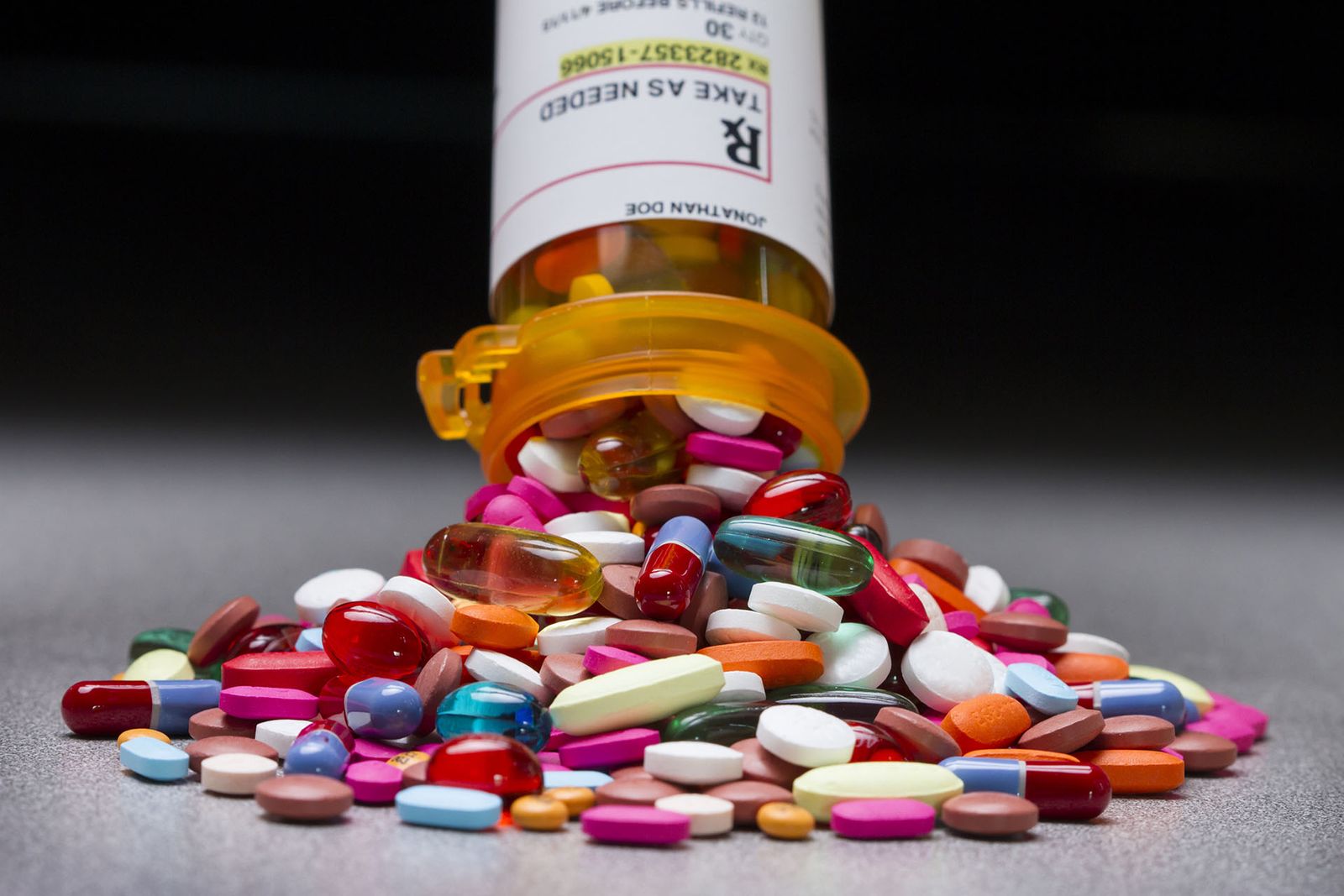
Drug Addiction Statistics
People often have an idea in their head of what someone with an alcohol or drug problem looks like. They base their opinions upon stereotypes and assumptions to create an image of drug and alcohol addiction.
The truth is that substance and alcohol use disorder can affect anyone at any age in any profession. There is no single picture of someone with a problem; addiction affects people from all walks of life. You might not even suspect some of the people struggling to control their alcohol or drug use.
An estimated 14.8 million people ages 12 and older in the United States reported having an alcohol use disorder in 2018. Additionally, 8.1 million people in the same age range had a substance use disorder. With more than 20 million people struggling to control their alcohol and drug use across the country, it’s clear that addiction affects a wide range of people.
What do the rates of alcohol and drug addiction in Pennsylvania look like?
Rates of Alcohol and Substance Use in Pennsylvania
The problem of alcohol and drug addiction in Pennsylvania is just as dangerous. The state is among some of the highest-ranking in the U.S. in terms of drinking and drug use. It also sees some of the most severe impacts of the repercussions of drug and alcohol abuse.
One study ranked Pennsylvania in the top 20 states with the heaviest drinking rates. Some quick statistics on the numbers of active drinkers throughout the state include:
- 60% of adults drink alcohol
- 28% of adults are binge drinkers (5 or more drinks in 2 hours)
- 4% of adults have an Alcohol Use Disorder
Drug use statistics in the state of PA are even more alarming. An estimated 293,000 people had an active substance use disorder in the past year. Additionally, Pennsylvania has the third-highest opioid overdose rate out of all states in the U.S. Opioids are responsible for 65 percent of all overdose deaths. The number of deaths caused by opioid abuse is five times higher than those related to alcohol use.
Commonly Abused Substances
The number of people with an active substance use disorder includes people using a variety of substances, from marijuana to prescription painkillers. Some of the commonly abused substances in Pennsylvania include the following:
Prescription Painkillers
Prescription painkillers are one of the most-used drugs in the opioid class and Pennsylvania is no different. Physicians throughout the state provided nearly 50 opioid prescriptions per 100 people in 2018 alone. More than 404,000 people ages 12 and older in Pennsylvania, 3.7 percent of that population, reported misusing prescription painkillers in the past year.
Heroin
Heroin use isn’t as common as the use of prescription painkillers but is much more risky and lethal. 64,000 people in Pennsylvania used heroin at least once during the past year. Some heroin users start out using painkillers before switching once they’re no longer able to afford them. It’s another drug in the opioid class, responsible for thousands of overdoses every year.
Cocaine
Cocaine is the most-used illicit drug in the state of Pennsylvania other than marijuana. An estimated 231,000 people, more than 2 percent of the population ages 12 and older, have used cocaine in the past year. It’s not responsible for as many deaths due to overdose but cocaine use still comes with serious risks.
Methamphetamine
Methamphetamine is not as popular as substances like marijuana, opioids, or cocaine. Since fewer people use the drug it doesn’t have as severe an impact on the population. Still, nearly 60,000 people reported using methamphetamine in 2018.
Adolescent Substance Abuse in Pennsylvania
Drug addiction in Pennsylvania is not a problem that only affects the adult population. Adolescents throughout the state struggle with their drug and alcohol use as well. The U.S. Department of Health and Human Services collects data on adolescent substance and alcohol use throughout the country. Rates of use among Pennsylvania high schoolers include:
- 31% of students had at least one drink in the past month
- 13% of students binge drank at least once in the past month
- 33% have used marijuana
- 6% have used inhalants
- 3% have used cocaine
- 3% have used pain relievers
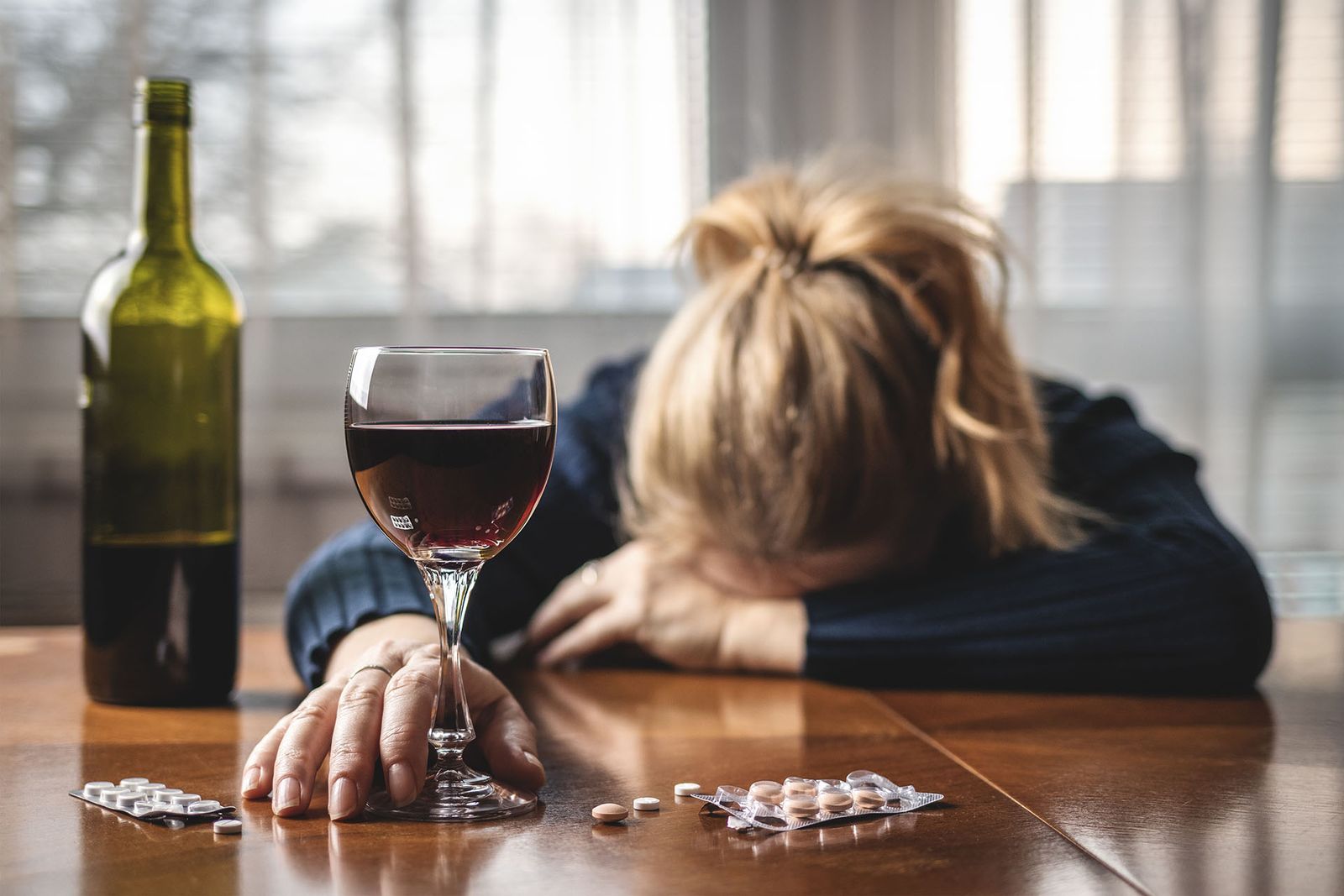
Crossing the Line From Drug Abuse to Drug Addiction
There are various levels of drug and alcohol use, ranging from normal to disordered use. Not everyone who uses drugs or alcohol will develop a substance or alcohol use disorder. Some people can try them and put them down. Others are not as controlled with their use. Drug addiction in Pennsylvania is a serious problem and it helps to know when there is a problem.
Where does the line between casual use and problem use lie? How do you know when you or someone you know should seek out a drug rehab in Pennsylvania? There are some distinct differences between substance and alcohol use disorder and those who are casual users.
Signs of Drug Addiction
The Diagnostic and Statistical Manual of Mental Disorders (DSM-5) helps medical professionals diagnose various conditions. There are specific criteria for drug and alcohol use disorders outlined in the DSM-5 to separate casual use from disordered use. Signs of possible substance or alcohol use disorder include:
- Drinking or using greater amounts of alcohol or drugs, or drinking or using for a longer period than originally intended.
- Trying to cut back on or control alcohol or drug use, or trying to quit entirely, but not being able to.
- Spending a lot of time drinking or using drugs, or being sick as a direct result of drinking or drug use.
- Noticing signs of craving, meaning wanting a drink or a drug so badly that it crowds out all other thoughts.
- Drinking or drug use, or being sick as a result, interferes with responsibilities at home, work, or school.
- Continuing to drink or use drugs despite the problems it causes with friends or family.
- Cutting back on or giving up activities that were once important if they get in the way of drinking or drug use.
- Ending up in risky, dangerous, or life-threatening situations as a result of drinking or drug use (i.e. walking in a dangerous area, unsafe sex, operating machinery, driving under the influence).
- Continuing to drink or use drugs despite their harmful impact on physical or mental health.
- Needing to drink or use greater amounts to achieve the desired effect (developing a tolerance).
- Experiencing withdrawal symptoms when the effects of drugs or alcohol wear off.
Someone who shows even 2 of these symptoms may qualify as having an alcohol or substance use disorder. The severity of a person’s condition is determined by the number of qualifications they meet:
- Mild Use Disorder: 2 to 3 symptoms
- Moderate Use Disorder: 4 to 5 symptoms
- Severe Use Disorder: 6 or more symptoms
The best way to determine the presence of a substance or alcohol use disorder is to seek professional help from a physician or drug rehab facility.
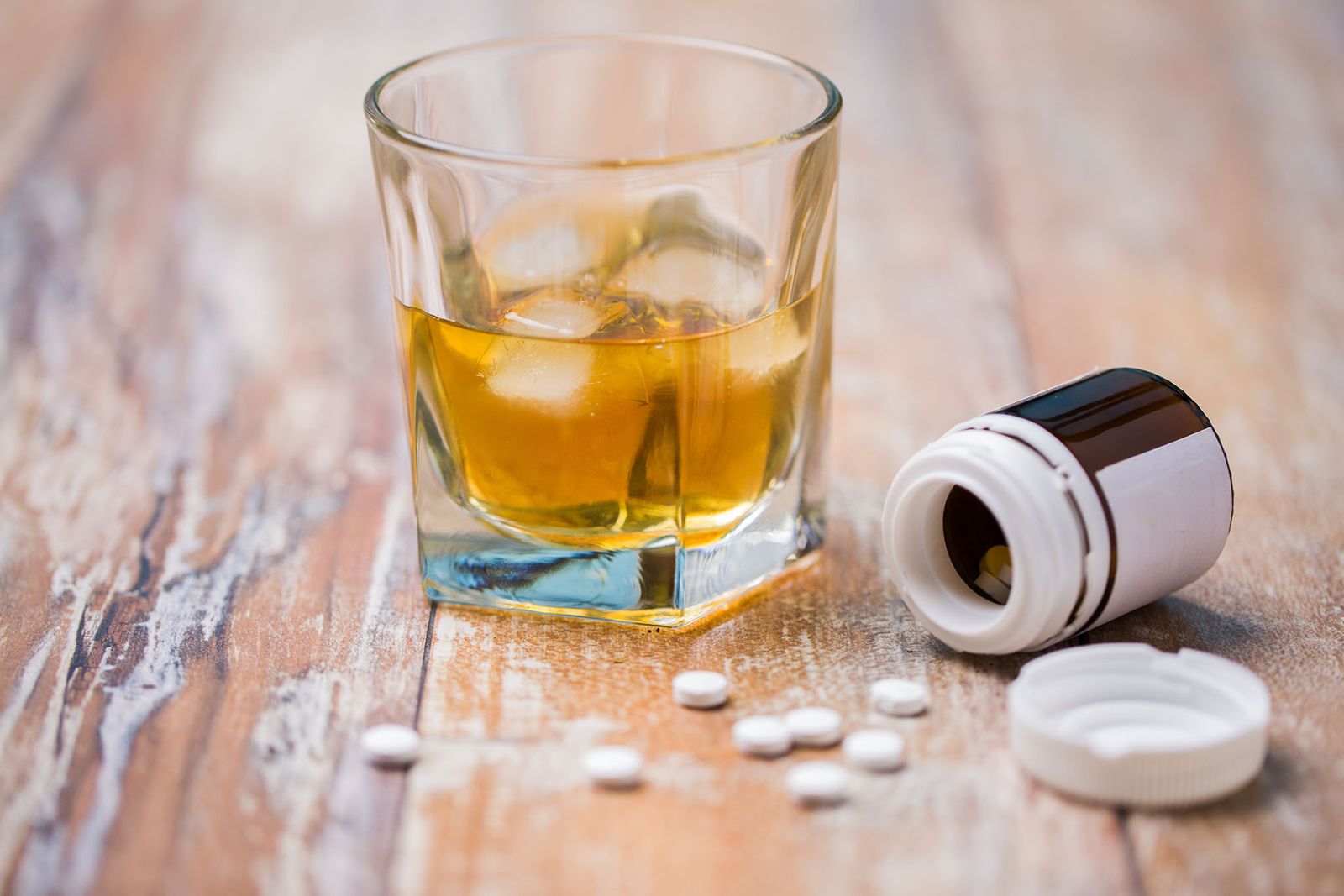
Does Addiction Treatment in Pennsylvania Cure Addiction?
Some people wonder whether drug addiction treatment can actually cure drug addiction. Will the desire to drink or use drugs ever go away or are cravings going to be an ongoing battle for the rest of your life? Will you be able to control your substance or alcohol use after you go to drug addiction treatment in Pennsylvania?
Unfortunately, there isn’t a cure for alcoholism or drug addiction. They are chronic, relapsing brain disorders similar to conditions like heart disease, cancer, or asthma. Addiction treatment provides relief from symptoms but they never fully go away. Living life in recovery is like someone living in remission from cancer; there’s always the possibility of relapse.
Effective addiction treatment in Pennsylvania teaches you to manage your alcohol or substance use disorder. You learn about the ways alcohol and drugs affect your body both short-term and long-term. Treatment programs equip you with an awareness and understanding of the reasons you turn to alcohol or drugs.
Attending addiction treatment doesn’t remove the problem entirely, though. It separates you from substances long enough to offer an alternative to living in the cycle of addiction. Then it’s up to you to continue treating your condition and maintaining your ongoing recovery.
Drug Addiction Treatment in PA
Drug addiction treatment in Pennsylvania comes in a complete continuum of care. There are multiple levels of treatment available from intensive 24-hour medical detox to outpatient programs. Not everyone needs to go through every level of care. The type of treatment you need depends on the severity of your drug or alcohol use.
Medically-Supervised Detox
Medically-supervised detox is the highest level of care available. People who cannot function with alcohol or drugs in their system usually need detox to safely separate from all substances. These programs provide 24-hour care for the first few days of sobriety to limit the impact of severe alcohol or drug withdrawal symptoms.
Detox is available at either a licensed treatment facility or at a hospital program. Many detox programs provide medication-assisted treatment to ease the withdrawal process. There are about 24 hospital detoxification programs throughout the state. Additionally, approximately 52 residential programs for drug addiction treatment in Pennsylvania offer detoxification services.
Inpatient Addiction Treatment in Pennsylvania
Inpatient addiction treatment programs are the next step after medically-supervised detox. Detox programs focus solely on keeping you safe during the withdrawal process. Inpatient treatment is where you start working with a counselor, attending group sessions, and more.
Inpatient treatment programs combine both day treatment and residential arrangements. If you attend an inpatient program you’re required to reside at the facility for the length of your program, usually between 30 and 90 days.
There are about 19 hospitals that offer inpatient treatment services in Pennsylvania. 88 programs offer short-term residential treatment that lasts less than 30 days. An additional 131 facilities for drug addiction treatment in Pennsylvania offer long-term inpatient treatment lasting at least 30 days or more.
Partial Hospitalization Programs
Partial hospitalization programs (PHP) are similar to inpatient treatment but don’t offer a residential component to treatment. You receive the same high level of programming without having to live at the facility. PHPs offer a more affordable way to attend a thorough program for drug addiction treatment in Pennsylvania. There are about 100 facilities throughout the state that provide PHP treatment.
Intensive Outpatient Program
Intensive outpatient programs (IOP) are the most common and accessible type of drug addiction treatment in Pennsylvania. These programs provide the same intensive treatment as an inpatient or partial hospitalization but for fewer hours during the week. Most intensive outpatient programs meet 3 days per week for 3 to 5 hours each day.
The cost of addiction treatment is one of the largest barriers that keep people from receiving the help they need. Not everyone can afford the cost of higher levels of care like inpatient and PHP. Another concern is the large time commitment required by those same programs.
Intensive outpatient programs make drug addiction treatment in Pennsylvania available to a wider range of people. Since these programs offer fewer weekly treatment hours they tend to be a more affordable way to receive high-quality drug and alcohol treatment. There are about 443 outpatient treatment programs throughout the state.
Sober Living Houses
Sometimes it’s difficult to live in your everyday environment when you’re first learning to live without drugs and alcohol. It’s harder to avoid temptation when you’re new in recovery and trying to get back on your feet. This is where sober living homes come in.
Sober living homes are not a form of addiction treatment themselves but are a great supplement to treatment programs. You can live in sober living while going to addiction treatment and remain after you complete your program. These residences offer affordable housing and a safe, sober place to live for people who are new in recovery.
Have questions? We’re here to help.
Our caring and compassionate staff is available to answer any questions you may have about addiction treatment in Pennsylvania.
Different Addiction Treatments in Pennsylvania
Finding Drug Addiction Treatment in Pennsylvania
Do you think that you or your loved one may be struggling with an alcohol or drug addiction in Pennsylvania? You are not alone and you do not need to recover alone. Drug and alcohol addiction treatment facilities exist to guide people through the first few days, weeks, and months of sobriety.
Addiction is a complicated illness that affects both the mind and the body. Drug rehab equips you with the coping skills and understanding necessary to begin your journey in recovery. Rehab facilities that provide effective treatment incorporate both the mind and body into the programs they offer.
There are a variety of local rehab resources in Pennsylvania available to those looking to quit using drugs and alcohol. From 12-step recovery to rehab programs, there is an option that works with you and your recovery goals.
Peace Valley Recovery offers a comprehensive approach to helping those struggling with alcohol and drug addiction in Pennsylvania. Our individualized treatment programs address all the aspects of your recovery goals.
Call us or fill out a contact request form today to get in touch with one of our qualified and caring admissions counselors. They will explain the options available to you and help you determine the best course of treatment for your specific situation.
Don’t struggle alone; let us help. Give us a call today.


